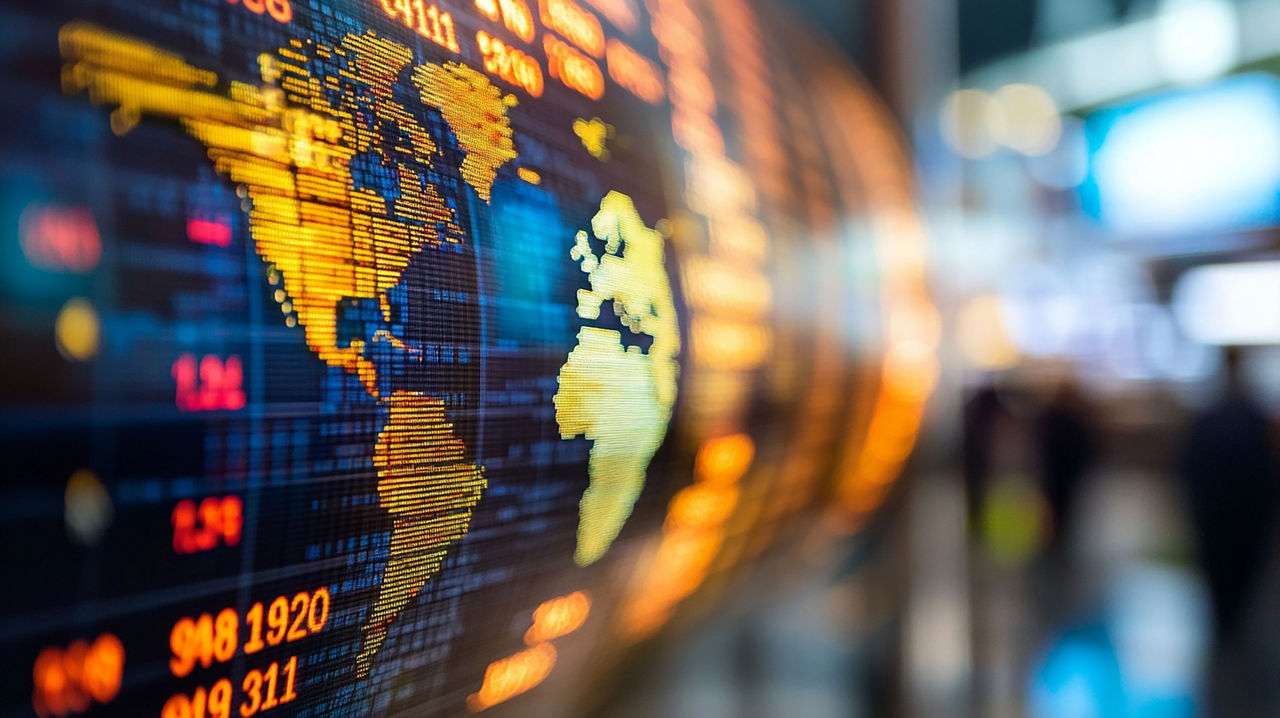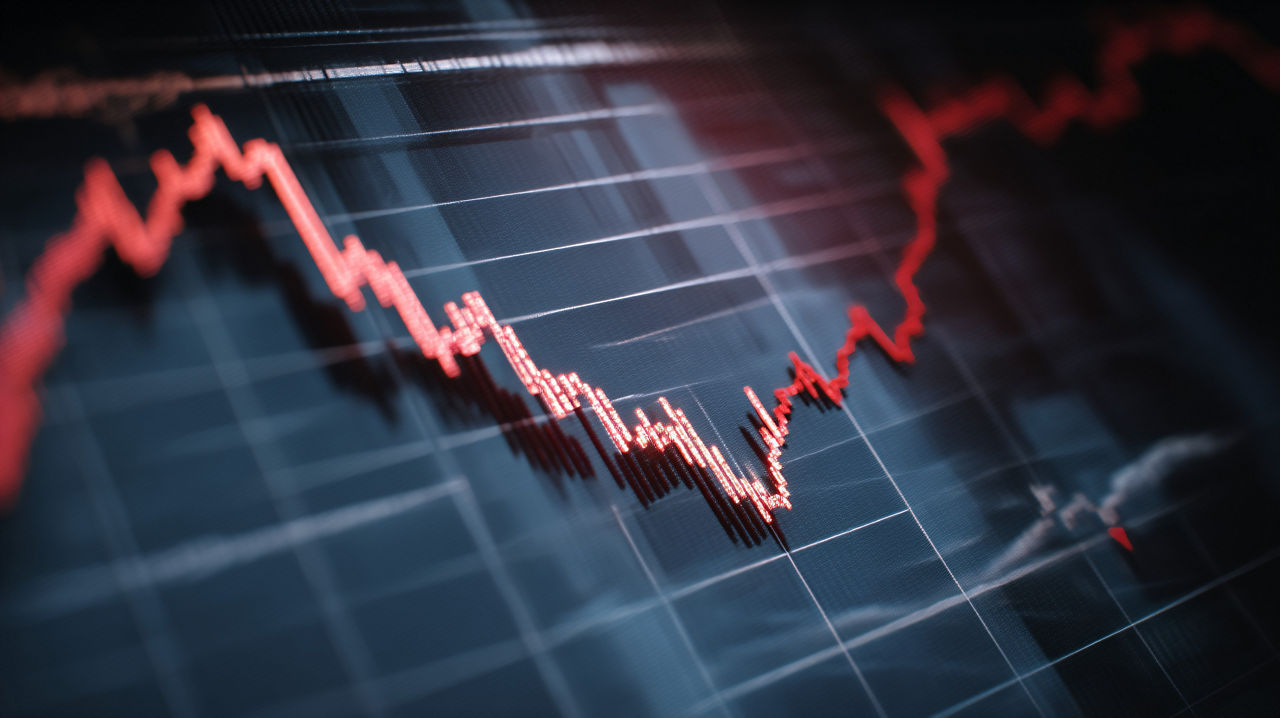The ongoing uncertainty surrounding US tariffs fueled another bout of uncertainty this week, with investors mulling the ultimate fate of duties on countries across the globe. The latest round of volatility stemmed from President Trump’s decision to give more than 20 nations – including Japan and South Korea – until August 1st to agree to new trade deals. While equities markets initially sold off on the news, the blow may have been softened by the president’s language that he’d consider adjusting the tariff levels “depending on our relationship with your Country.”
Meanwhile, minutes released Wednesday from the Federal Reserve’s June 17-18 meeting showed that “most participants assessed that some reduction in the target range for the federal funds rate this year would likely be appropriate.” Next week’s economic calendar brings readings on both consumer and producer prices, two key data points for the Fed.
The pace of policy shifts during the second quarter has made it difficult to keep track of the evolving trade landscape. The Budget Lab at Yale projects that by year-end, tariffs are expected to surge to their highest levels since 1938, harkening back to the era of the Smoot-Hawley tariffs. PGIM’s Quant team offers up a 3Q outlook that examines trade and tariffs, along with their latest thinking on the economy and global markets.
you may also like
-
Complex Outlook Drives Investors to Gold, Other AlternativesPrecious metals such as gold and other alternative assets are attracting investor demand during a period of heightened fiscal uncertainty.
Read More
-
US Government Shutdown Brings New UneaseA partial shutdown of the US federal government blurred investors’ visibility into the health of the economy.
Read More
-
Economy Sends Conflicting Signals, Dividing FedOpinions are split inside the Federal Reserve on how urgently the central bank should loosen financial conditions further after last week’s rate cut.
Read More
-
Fed Delivers Rate Cut as Job Worries GrowThe Federal Reserve slashed interest rates for the first time since December and put two additional cuts on the table for the remainder of 2025.
Read More





